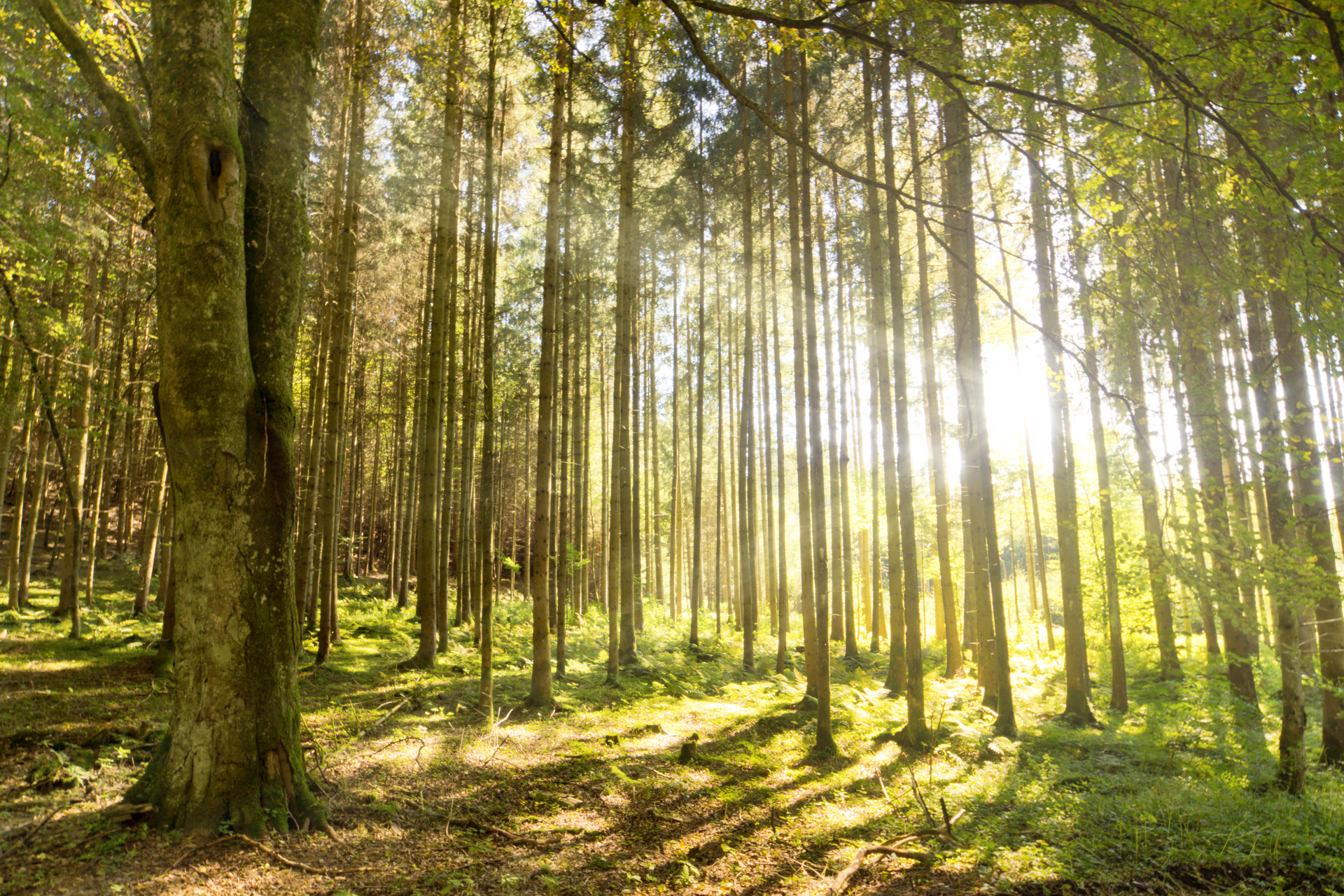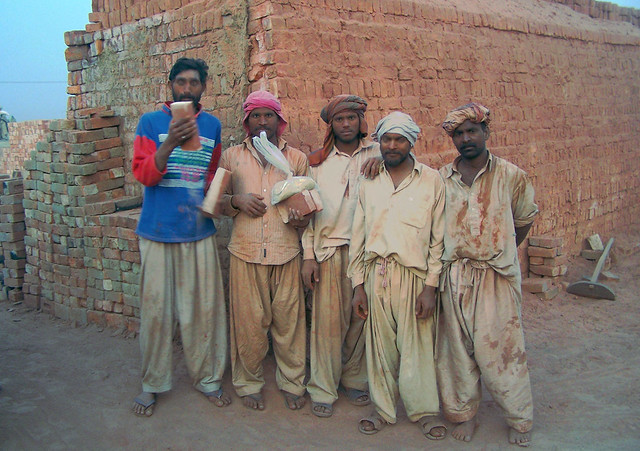Mount Mabu rainforest teeming with new and unique species including pygmy chameleons and bronze-colour snakes
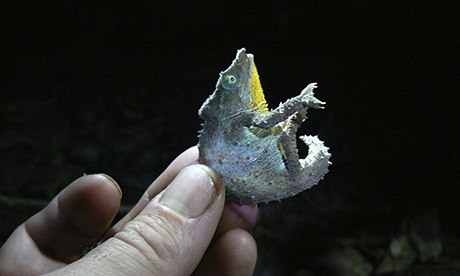
This pygmy chameleon is one of many such unique and new species discovered in the Mount Mabu forest of Mozambique. Photograph: Kew Gardens/Julian Bayliss
A remote rainforest in Mozambique discovered using Google Earth has so many new and unique species that it should be declared a protected area, scientists say.
Pygmy chameleons, a bronzed bush viper and butterflies with shimmering yellow wings are among the species in the forests covering Mount Mabu in northern Mozambique.

Papilio ophidicephalus - the Emperor swallowtail butterfly
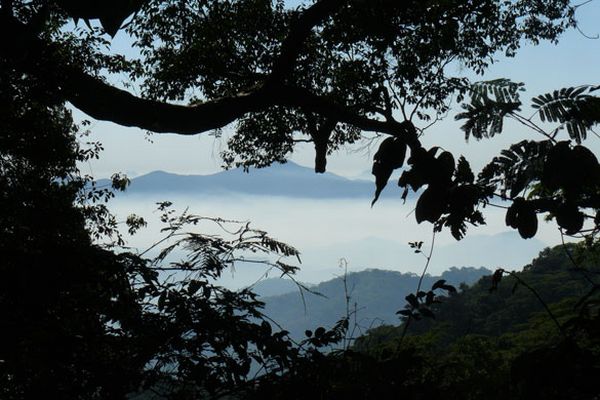 Discovered in 2005 by scientists using satellite images, the forests, previously only known to local villagers, have proven to be a rich ecosystem teeming with new species of mammals, butterflies, reptiles,insects and plants. The mountain forests have been isolated from a much larger forest block for millennia, meaning there has been no migration between this site and the next mountain for tens of thousands of years, allowing unique species to evolve in isolation.
Discovered in 2005 by scientists using satellite images, the forests, previously only known to local villagers, have proven to be a rich ecosystem teeming with new species of mammals, butterflies, reptiles,insects and plants. The mountain forests have been isolated from a much larger forest block for millennia, meaning there has been no migration between this site and the next mountain for tens of thousands of years, allowing unique species to evolve in isolation.
One such species is a golden-eyed bush viper with bronze-edged scales (Atheris mabuensis) which Julian Bayliss, a conservation scientist for Kew Gardens, found by stepping on during a survey. His team is also waiting to describe a further two species of snake. A new species of chameleon (Nadzikambia baylissi) has already been described from the site, and the researchers are also describing another. The size of a human palm, with a warm yellow chest, green eyes and a spiky crest along its back,Rhampholeon sp. are commonly known as pygmy chameleons.

the golden-eyed bush viper
From the Guardian
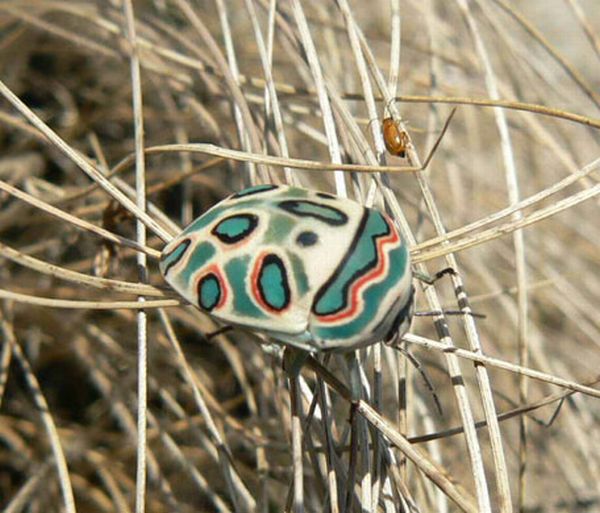
A weird beatle found in Mount Mabu

